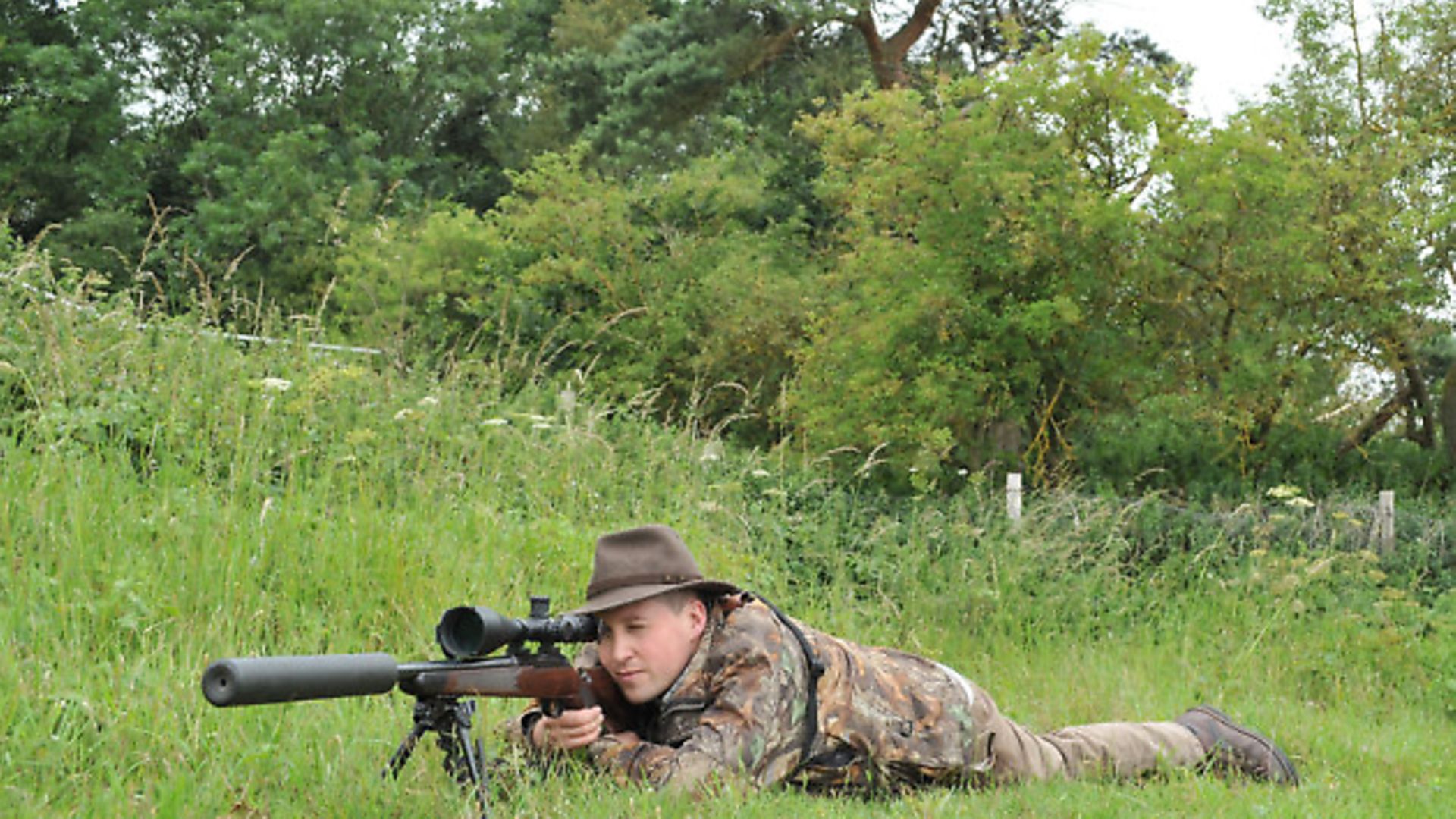Roy is concerned by a dramatic drop in fox numbers locally and wants to hear what you think
 credit: Dom
credit: Dom
It’s at this time of year that my life becomes somewhat sedentary. I am tied to the house, watching over incubators and monitoring the heart rates of hatching peregrine and goshawk eggs, though of course this is interspersed with the occasional cup of tea in the kitchen chatting with visiting friends.
As a lot of these friends share the same interests as me, a common subject of conversation is our foxy foes. Worryingly, a lot of my friends are noticing similar trends to the ones I have been finding on my nocturnal hunting trips: we are all shooting unusually high numbers of barren vixens and the odd vixen that is already out of milk with advanced hair regrowth around the nipples, meaning that their cubs have either been weaned very early or, more likely, lost.
Taking into consideration the terrible weather we were subjected to earlier in the year, I don’t find this surprising. I know directly what an odd effect the weather has had on my breeding birds, some of them laying two or three weeks late and some not laying at all.
I need only look out of the window to be faced with bare fields that should be buried under standing crop, plus this year’s brood of rabbits are already suffering with myxomatosis. All of this points to a very worrying scenario.
For many people, the thought of a season ahead without the burden of a fresh influx of foxes is probably quite appealing. But for me, it means no sitting up waiting, glassing over freshly cut hay fields, no exciting lamping trips over fresh stubbles and no daytime calling through an autumnal wood. These are all events in my calendar that I thoroughly look forward to and would most certainly miss.
Having never thought of foxes before in this way, it certainly brings home how large a part foxes play in my life and many others’ lives. I realise that, for a lot of us, controlling foxes is a job, but I don’t think any of us would like to see the last fox disappear.
At the moment, the prospect of Charlie vanishing from our fields is something of an impossible thought, but we should always bear in mind that stranger things have happened. Speaking to a South Korean friend, he explained to me that foxes were now pretty much extinct in his country, with reintroduction attempts failing miserably.
I don’t think for one minute this is a realistic possibility over the coming years, but I do, however, think these possibilities should be monitored by us as a shooting community.
Aside from foxes, a couple of this country’s species that I am particularly concerned about include the mountain or blue hare and some Highland red deer herds, which are facing mass eradication. Both of these species are being heavily persecuted across the Highlands due to the findings and advice from people that have seemingly never spent a day on the hill witnessing the fine balance that exists within the fragile upland ecosystems.
I recall a few years ago visiting a hill that was being subjected to such a management programme. Their deer cull reduced the once healthy and vibrant herd from over 2,000 beasts to a paltry 70 animals left on the estate, plus every hare was shot on sight. It was one of my saddest visits to Scotland, covering thousands of acres of what had become a heather desert.
I realise the estates have their own reasons for doing this, such as trying to regenerate the Caledonian forests or in an attempt to reduce the louping ill virus. But I don’t necessarily agree with their thought processes or the management plans they have implemented. I think that in cases such as these, where the custodians of these vast tracts of land can have an effect on a large percentage of the overall population of the species, these actions are terribly flawed.
We have to realise that the world around us is constantly changing, and at an ever-increasing rate. Just because it was a certain way before does not mean that it will be that way in the future, especially taking into consideration our weather patterns. The combination of heavy control and a changing climate could tip balances very quickly.
I am sure my concerns this year regarding foxes will be blown out of the water very soon, and already I am hearing of large litters of healthy cubs being spotted. I have also heard vixens mating recently, obviously trying for a later litter of cubs. Luckily foxes tend to be a lot more resilient than some other species. Unfortunately, I fear my concerns over our mountain hare and, to a lesser degree, our Highland red deer are all too real.
With conservation being at the heart of our hunting and shooting community and at the forefront of most of our minds, I would be interested to hear your thoughts and findings on these matters. You can write to me via the Sporting Shooter postal address (3 The Courtyard, Denmark Street, Wokingham, RG40 2AZ), email news@sportingshooter.co.uk or post a message on the Sporting Shooter Facebook page: www.facebook.com/sportingshootermagazine. I’d love to hear from you!